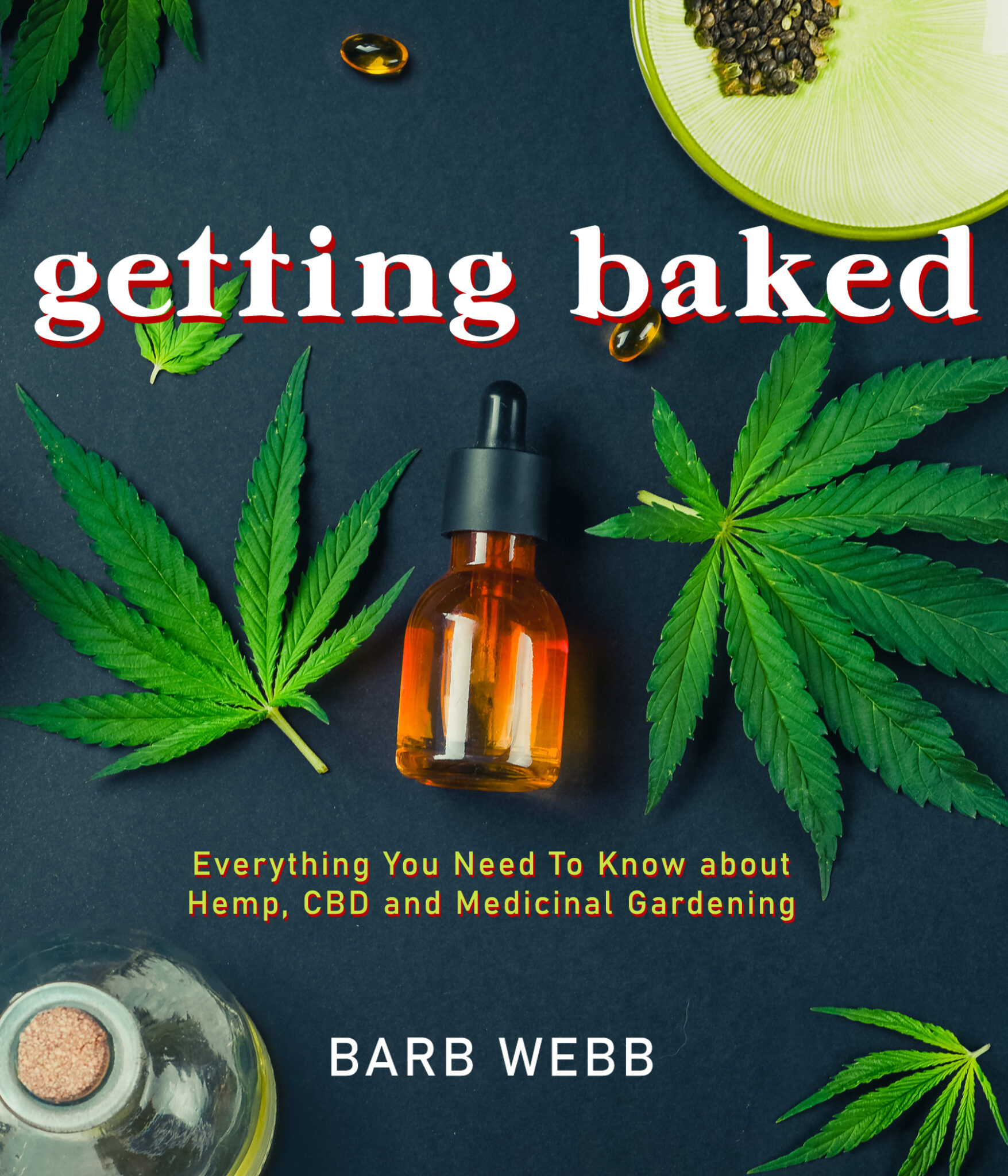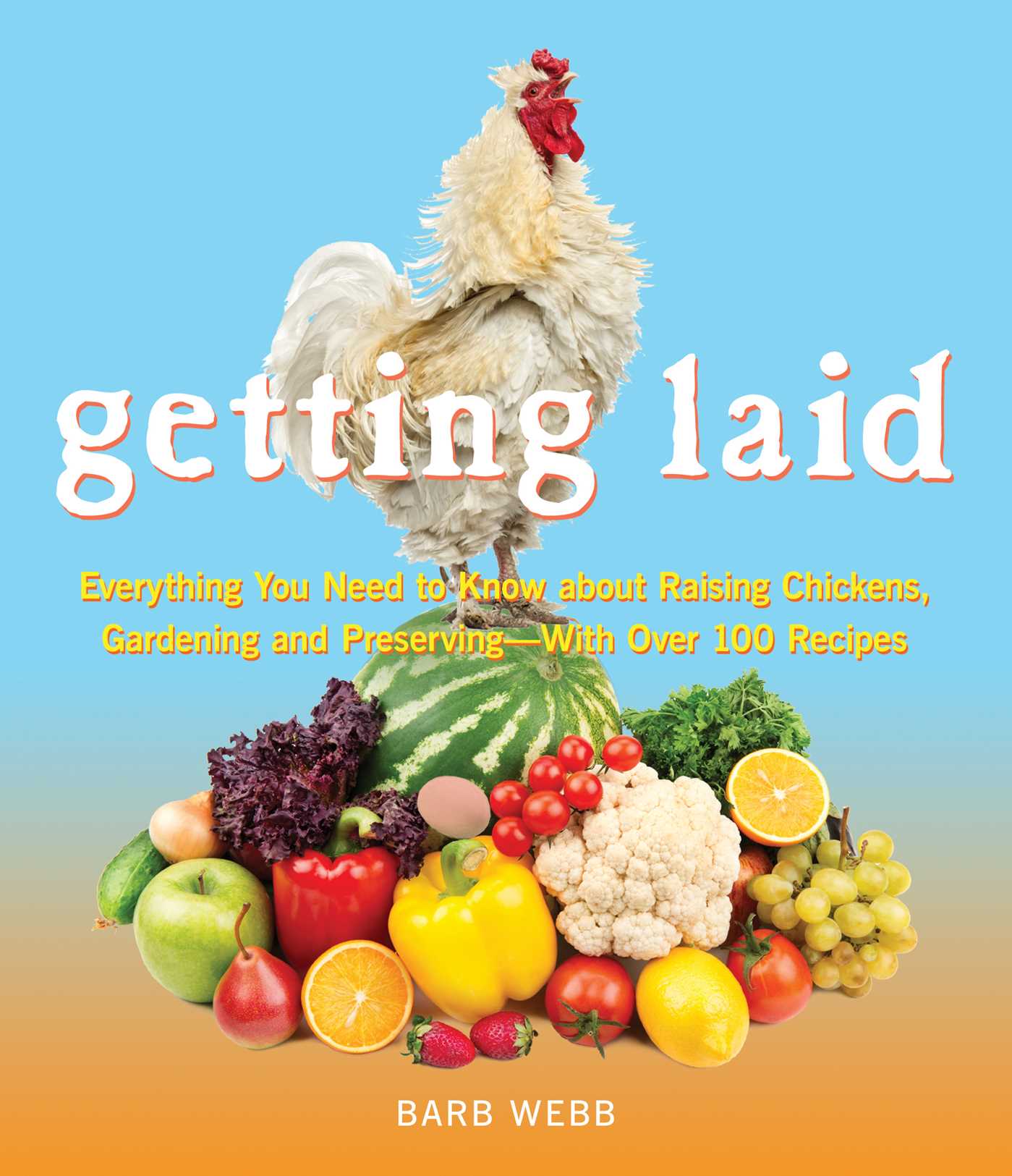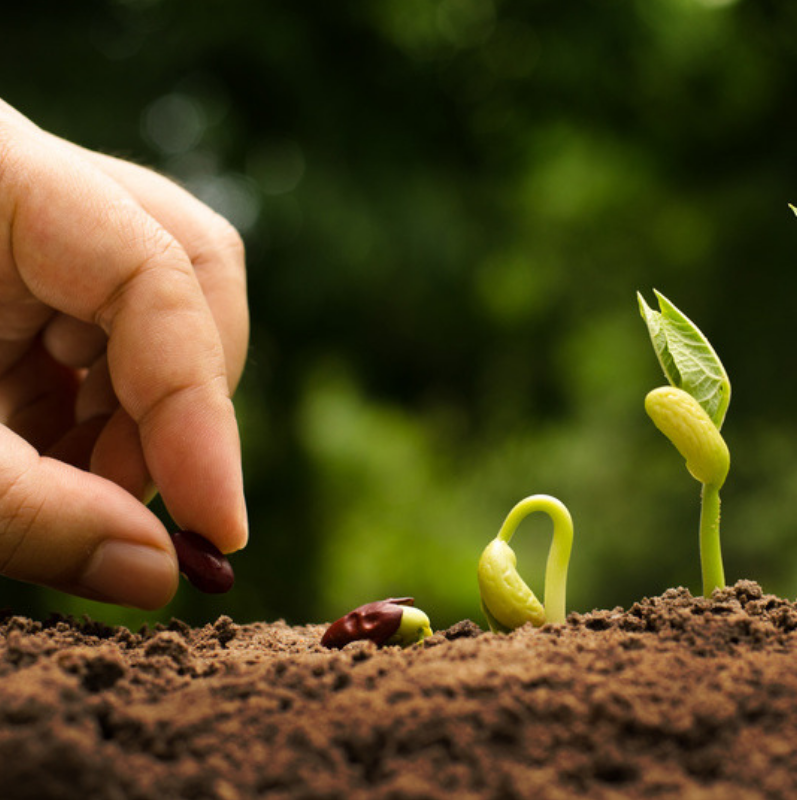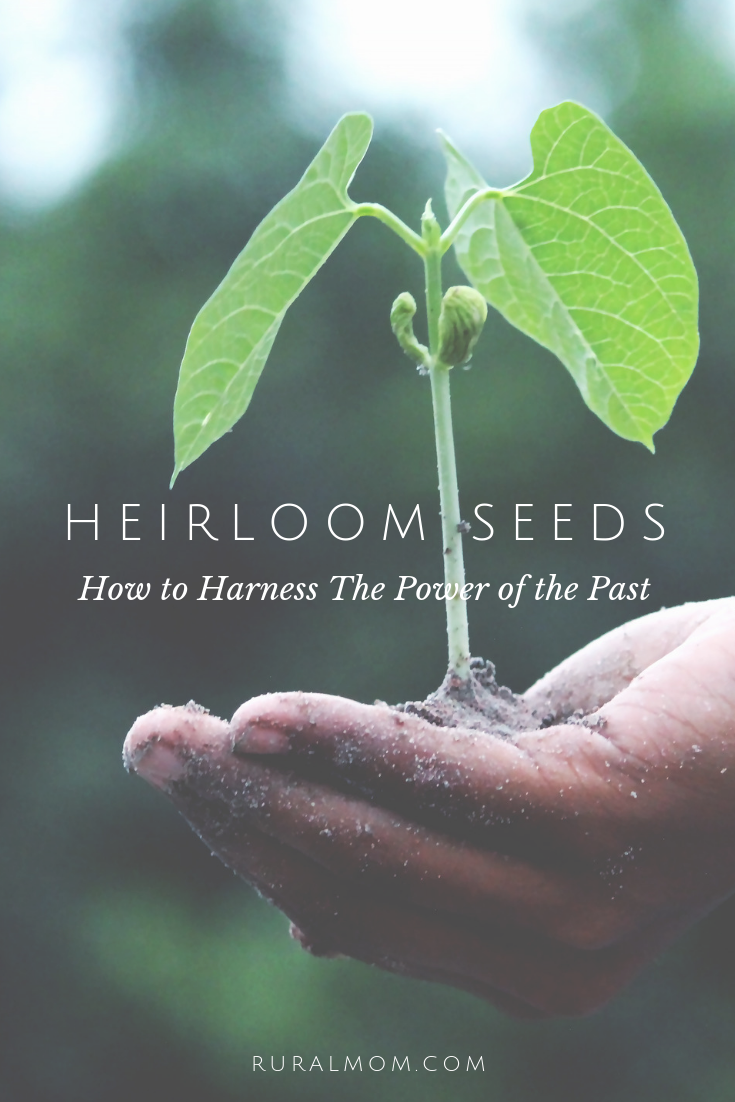The case for heirloom seed saving has never been stronger. Right now there are around 10,000 plant varieties at risk of endangerment or extinction.
In addition to providing plant biodiversity for the earth, many of these seeds are edible varieties that provide immense flavor and nutrients when cultivated. Edible seeds include alfalfa (sprouts), chia (sprouts), flax, poppy, pumpkin, and sunflower.
Our fragile ecosystems are dependent upon seed savers. As climate changes continue, the need for seeds that will thrive in variant regions is paramount. By saving seeds you are saving yourself money and potentially adding diversity to your diet. You are also helping to protect our culture, heritage, legacy, and planet.

How To Save Heirloom Seeds
If you plan to seed-save, you must begin with untreated heirloom seeds. They may be obtained from various retail mail companies, farm store locations, and seed banks like the Seed Savers Exchange (seedsavers.org).
Only a few plants need to be grown for seed harvesting. There’s no need to harvest a large crop of seeds unless you plan to use some for sprouting, to share with friends, or to expand your produce production the following year.
Many seeds can be harvested by gently shaking the dried plant or by threshing. This is a method in which dry plants are hit against the side of a container, causing the seeds to fall out. Plants may vary in the manner in which seeds can be collected. Consult with your local extension agency, a seed bank, university agriculture department, or farm agency to help determine the best methods.
Herb seeds are among the easiest to collect. Many herb seeds – like celery, dill, mustard and anise – are terrific for seasoning dishes and baked goods. To collect herb seeds, pick plants when the seed pods are fully formed but not dried (the plant may still be green).
Dry plant stalks and pods indoors on mesh racks. Place a clean, dry cloth under the rack to catch the seeds. Collect dried seeds and store in an airtight container in a cool, dry, dark spot (like the pantry.) Use them for seasoning or for planting in the next growing season.
How To Know if Your Heirloom Seeds Will Grow
At the beginning of the next planting cycle, you may test the viability of your seeds easily with a wet paper towel. Simply scatter about a dozen seeds on the towel, then fold it over with the seeds to the inside.
Fold it a second time to form a square and place it inside a self-sealing plastic bag. Seal the bag and place it on a windowsill that receives full sunlight during the day.
In two weeks, open the bag and unfold the paper towel. If more than half the seeds have sprouted, you have a good seed batch.
Want to know more about organic gardening?
You’ll find everything you need to know in Getting Laid: Everything You Need to Know About Raising Chickens, Gardening and Preserving – with Over 100 Recipes! along with farm to table expert advice on raising chickens, preservation methods, farm fresh recipes, DIY home decor and more!





Pingback: Basil Bliss: Elevate Your Garden Game with Fresh Herb Know-How Rural Mom